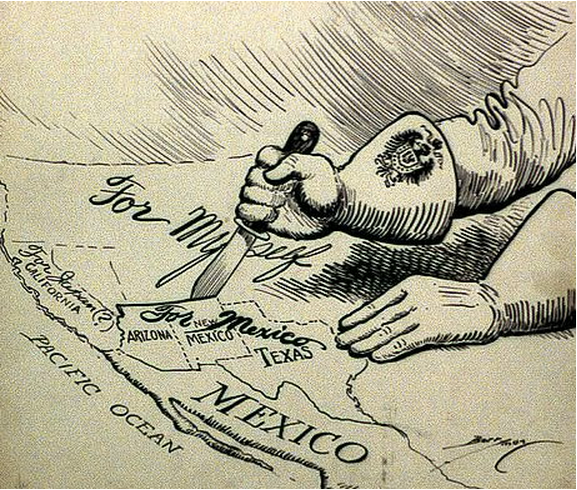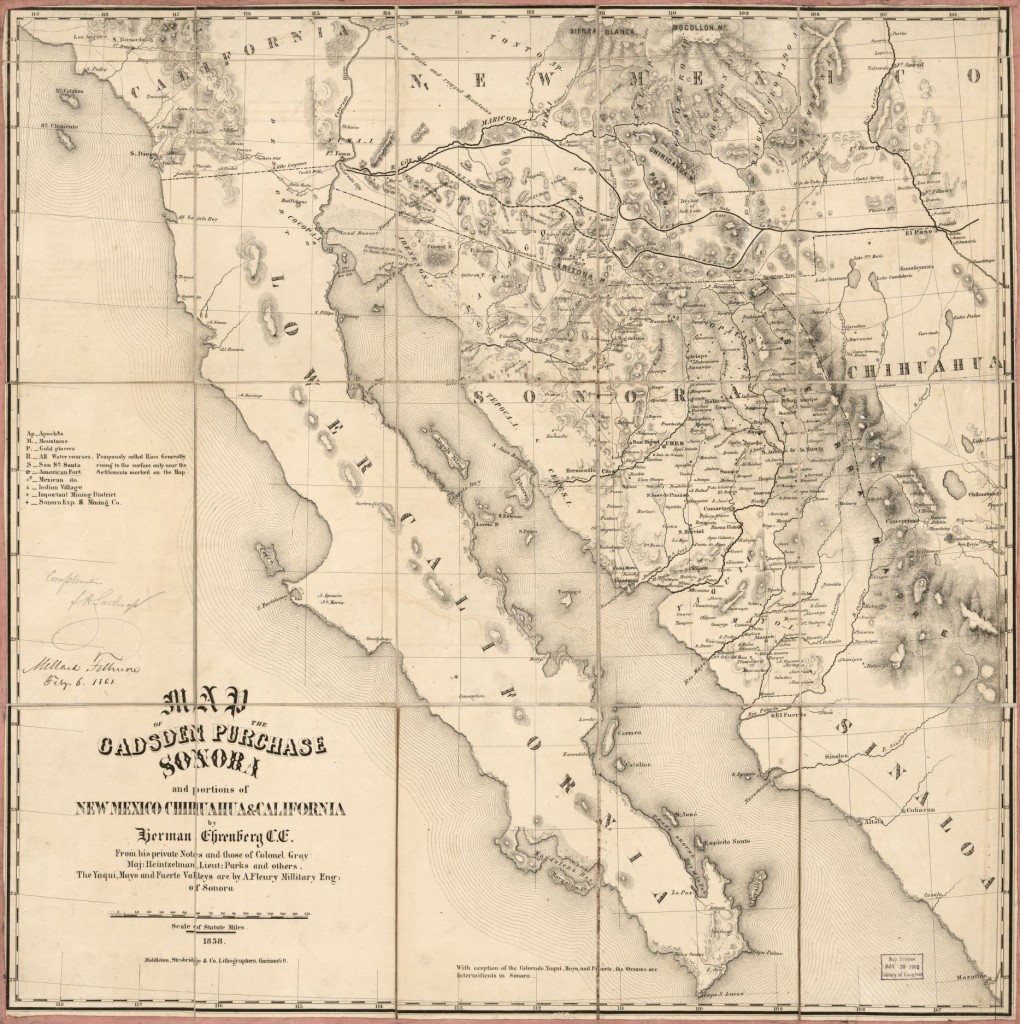
A 1917 Clifford K. Berryman political cartoon depicting a personified Germany carving up the United States after a never-to-materialize victory over America and its allies.
Image Credit: Library of Congress
“make war together, make peace together… and an understanding… that Mexico is to reconquer the lost territory in Texas, New Mexico, and Arizona.”
– Excerpt from the 1917 Zimmerman Telegram
Veterans Day originated as a remembrance of those who fought in World War I, once known as “The War to End All Wars.” While America eventually mobilized more than 4.5 million soldiers for the conflict, strong isolationist sentiment delayed U.S. involvement for some time. However, popular resistance to the war softened following the loss of 128 American lives when a German U-boat sank the British ocean liner Lusitania in 1915. Further provocation came in the form of an upsetting German diplomatic cable promising Mexico, a potential Allied foe, a sizable swath of American land as a spoil of war.
The words quoted at the top of this post were included in the controversial January 1917 telegram sent by German Foreign Minister Arthur Zimmerman to his country’s diplomatic delegation in Mexico. This correspondence, an attempt to draw Mexico into warfare with its northern neighbor should the United States join the fray in Europe, sparked nationwide outrage and helped to bring about American participation in the Great War.
Having enjoyed statehood for just five years, many Arizonans understandably reacted to Germany’s proposal with great alarm, as evidenced by statewide press coverage of the matter. An article from the March 1st, 1917 Bisbee Daily Review newspaper announcing the Mexican government’s supposed preference for war with the U.S., the possibility of German U-boat bases, armaments, and troops having already been placed in Mexico, and what was reported as the likelihood of Mexico ending oil sales to the United States typifies the fear and excitability found in Arizona papers at the time. Ultimately, the United States did enter World War I against Germany, but did not have to contend with the military force of its southern neighbor – although American forces were then engaged in numerous skirmishes along our border with Mexico, albeit for unrelated reasons. Allied victory in the First World War ensured that Mexico would not regain its former territory in the southwest U.S., even if it had chosen to join forces with the Kaiser’s once-mighty army.


